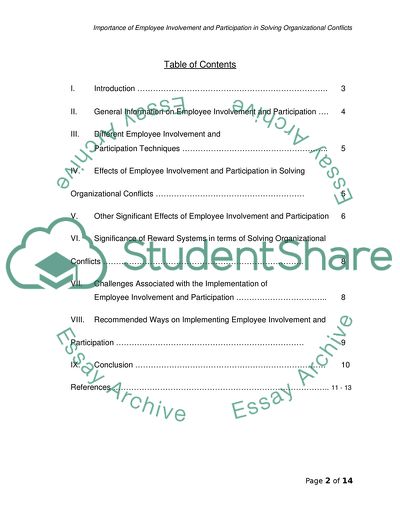Cite this document
(Importance of Employee Involvement and Participation in Solving Research Paper, n.d.)
Importance of Employee Involvement and Participation in Solving Research Paper. Retrieved from https://studentshare.org/human-resources/1546970-if-employee-involvement-and-participation-were-used-effectively-by-organistions-many-conflicts-would-never-occur
Importance of Employee Involvement and Participation in Solving Research Paper. Retrieved from https://studentshare.org/human-resources/1546970-if-employee-involvement-and-participation-were-used-effectively-by-organistions-many-conflicts-would-never-occur
(Importance of Employee Involvement and Participation in Solving Research Paper)
Importance of Employee Involvement and Participation in Solving Research Paper. https://studentshare.org/human-resources/1546970-if-employee-involvement-and-participation-were-used-effectively-by-organistions-many-conflicts-would-never-occur.
Importance of Employee Involvement and Participation in Solving Research Paper. https://studentshare.org/human-resources/1546970-if-employee-involvement-and-participation-were-used-effectively-by-organistions-many-conflicts-would-never-occur.
“Importance of Employee Involvement and Participation in Solving Research Paper”, n.d. https://studentshare.org/human-resources/1546970-if-employee-involvement-and-participation-were-used-effectively-by-organistions-many-conflicts-would-never-occur.


